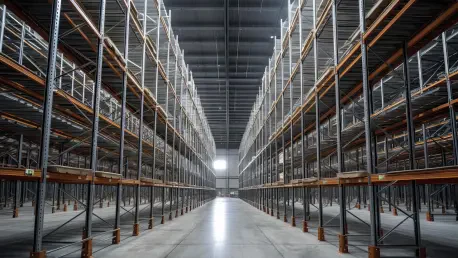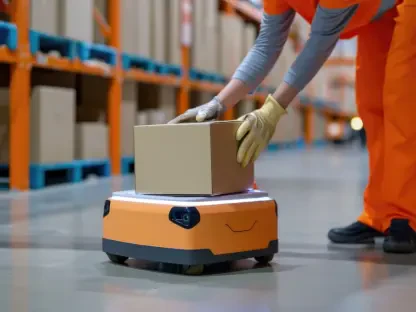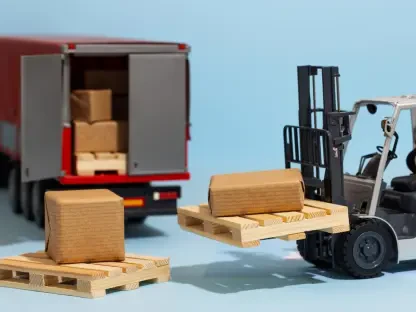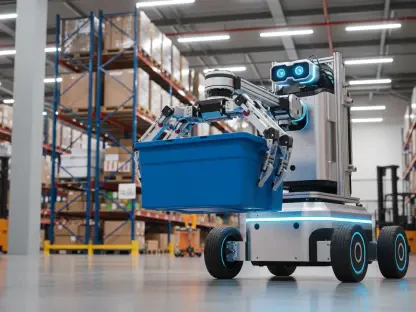Imagine a bustling warehouse where safety hinges not on outdated protocols but on cutting-edge technology designed to prevent disasters before they happen. Racking collapses, once considered an inevitable risk in high-turnover environments, now stand at the forefront of a technological transformation. The question arises: Can modern advancements in safety systems redefine warehouse norms, shifting from reactive measures to proactive ones?
Exploring the Necessity of Advanced Safety Systems
Preventing racking collapses has become a critical priority for warehouse operations. As the industry evolves, warehouses face mounting pressure to enhance safety because of the frequently changing and high-risk nature of the work. Improving safety measures is not merely a regulatory requirement but a business imperative that influences productivity and employee well-being. Echoing these demands is the necessity to harness technology that can preemptively address safety vulnerabilities.
Components and Benefits of RCP Systems
Rack Collapse Prevention (RCP) systems bring a multifaceted approach to warehouse safety. Featuring top-supporting cable systems, RCP ensures structural integrity, effectively preventing catastrophic collapses. The integration of real-time monitoring tools like Spy Rack provides constant surveillance, allowing managers to address issues promptly. These systems comply with prominent trade association guidelines, and their effectiveness is supported by compelling statistics: warehouses with RCP systems report significant reductions in accident rates, underscoring the system’s life-saving potential.
Insights from Industry Leaders and Trends
Experts within the industry, such as Mike Quinn, highlight the transformative impact of RCP systems on maintaining high safety standards. This technological shift aligns with industry trends advocating for layered safety defenses—an approach that extends safety nets beyond mitigating human error. RCP systems introduce a robust safeguard mechanism active between routine inspections, reinforcing the industry’s shift toward enhanced protection measures that prevent rather than react.
Implementing RCP Systems in Existing Warehouses
Integrating RCP technology into existing infrastructure requires strategic planning. Warehouses can leverage these systems to streamline incident response times and enhance compliance, ultimately achieving cost efficiencies. For instance, the implementation of RCP not only minimizes repair requirements but also contributes to reduced insurance premiums due to an improved risk profile. Thoughtful integration of this technology into current operations promises a smoother transition and long-term benefits.
In conclusion, the movement toward innovative RCP systems has fundamentally reshaped how warehouses approach safety, emphasizing a shift from traditional methods to sophisticated protection strategies. By embracing these advancements, warehouses positioned themselves as leaders in operational excellence and employee safety. It became clear that adapting to emerging technologies was not only a necessity but also a strategic advantage that paved the way for a safer, more efficient future in warehouse operations.









